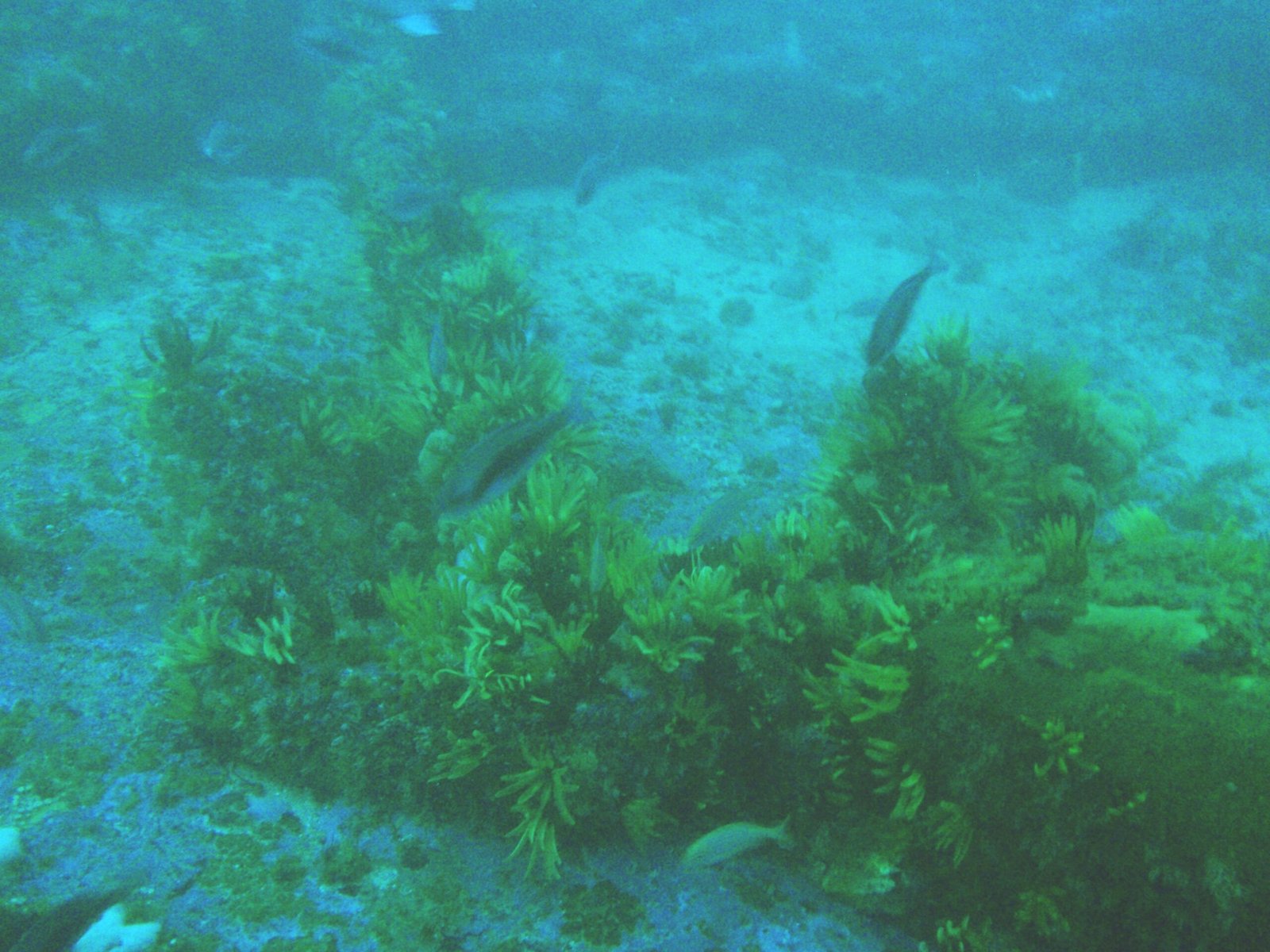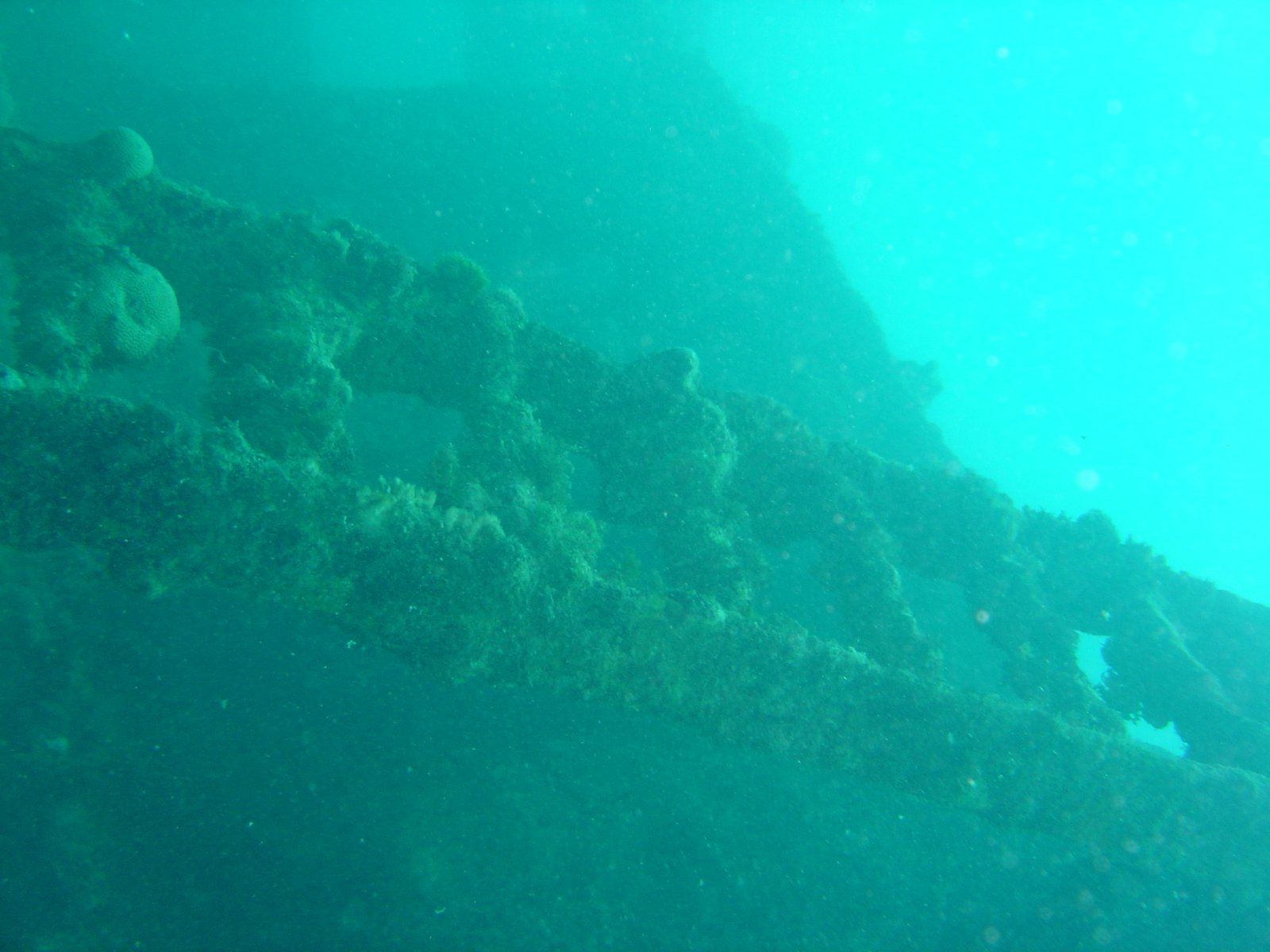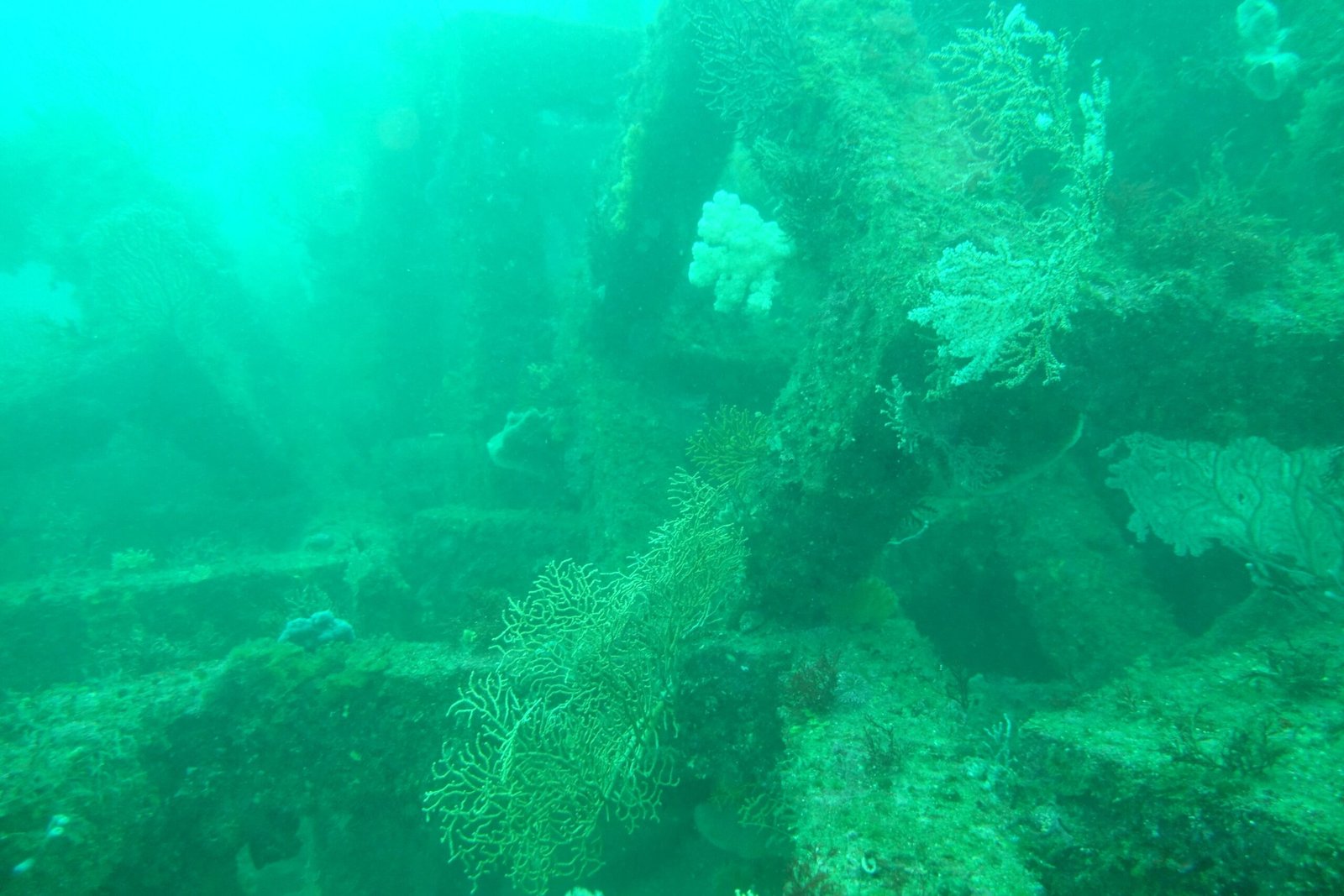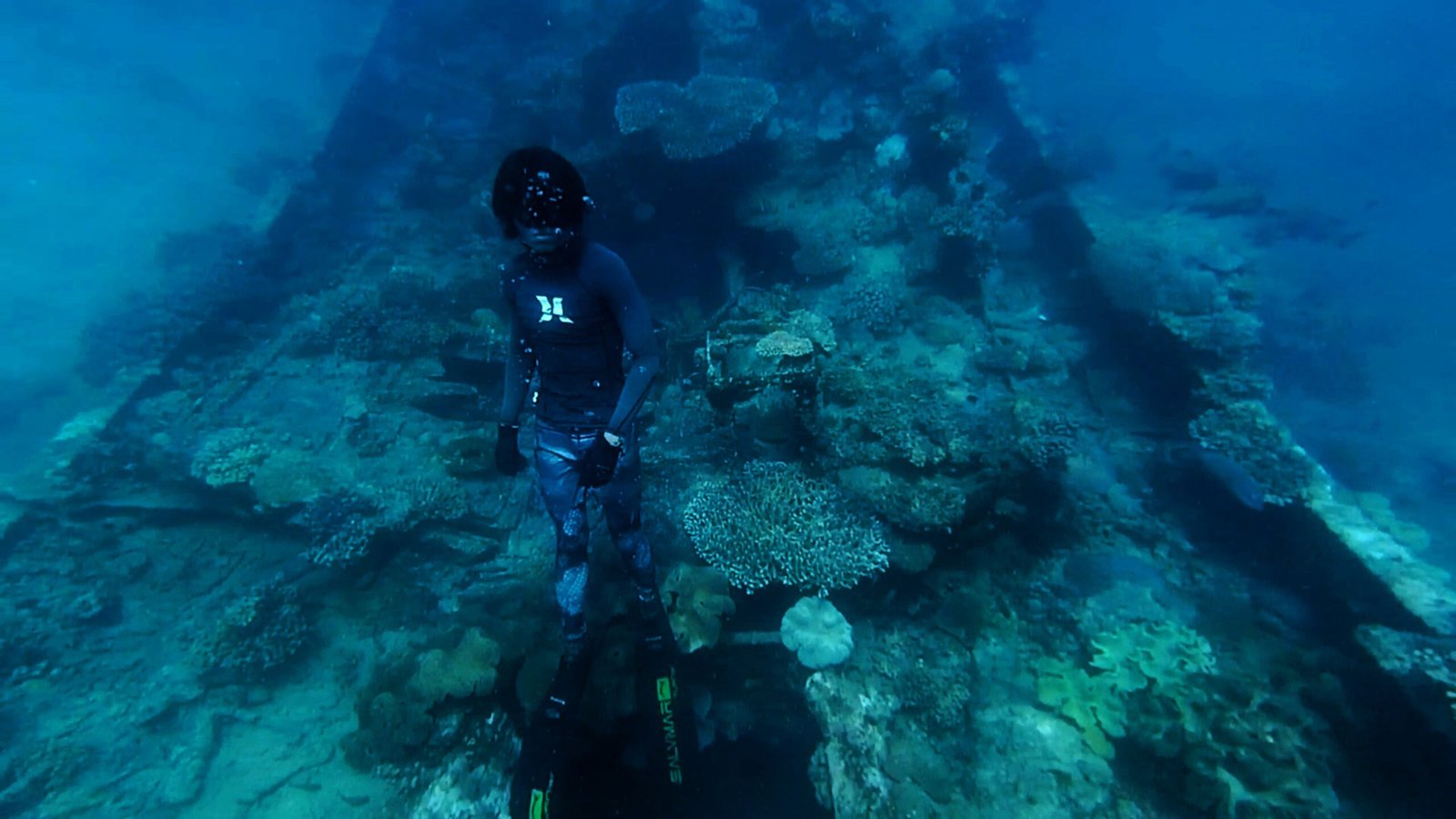It’s hard to picture a sunken ship as anything but a haunting reminder of disaster. Yet beneath the waves, nature has a remarkable way of turning tragedy into triumph. Imagine a rusted hull, swallowed by the sea decades ago, now bursting with dazzling colors and life. Shipwrecks, once symbols of loss, are transforming into the heartbeats of thriving coral reefs. This is not just a story of survival but one of hope, resilience, and astonishing beauty—a true comeback tale written by nature herself.
The Silent Transformation Beneath the Waves
When a ship sinks to the ocean floor, it instantly becomes part of a new world. The cold, dark waters might seem lifeless, but they are brimming with invisible potential. Over time, the ship’s steel structures attract tiny floating organisms called larvae. These larvae, searching for a place to call home, settle on the wreck’s surfaces. Within months, the first hints of coral start to appear, their fragile skeletons anchoring to the jagged metal. What was once a ship is slowly cloaked in living color, as sponges, sea fans, and corals claim every inch.
Why Shipwrecks Attract Life
You might wonder, why would marine life be drawn to a sunken ship? The answer lies in the structure itself. Unlike the shifting sands of the seafloor, shipwrecks offer shelter from currents and predators. Their nooks and crannies mimic the crevices of natural reefs, providing safe spaces for fish, crustaceans, and even octopuses. Over time, these artificial reefs become bustling underwater cities. Many species, from tiny shrimp to majestic groupers, find food and protection among the wreck’s tangled remains.
The Science Behind Coral Colonization
Coral reefs don’t grow overnight, and their journey from shipwreck to sanctuary is both delicate and complex. Scientists have observed that certain metals and materials used in ships can actually speed up coral attachment. The roughness of the ship’s surfaces creates the perfect grip for coral polyps, which need a solid foundation to survive. As these polyps multiply, they build intricate calcium carbonate skeletons, slowly enveloping the wreck. This process, known as biofouling, transforms cold steel into vibrant living rock within years.
Vivid Colors and Unexpected Beauty
The transformation of a sunken ship is nothing short of magical. Vibrant corals in electric blues, pinks, and yellows spread across the hull like paint on a canvas. Fish dart through portholes, while sea fans sway gently in the currents. At night, bioluminescent creatures add an ethereal glow, turning the wreck into an underwater light show. This explosion of color and movement is a testament to nature’s creativity and resilience, as life finds a way in the most unlikely of places.
Shipwrecks as Lifeboats for Endangered Species

In some regions, natural coral reefs are struggling to survive due to pollution, warming waters, and overfishing. Here, shipwreck reefs become lifeboats for endangered species. Rare fish and corals, displaced from their original homes, often find refuge in these artificial habitats. Researchers have documented endangered groupers and even elusive sea turtles making their homes in shipwreck reefs. This unexpected sanctuary offers hope for species teetering on the edge of extinction.
Lessons from Nature’s Comeback

The story of coral reefs growing in shipwrecks teaches us about the power of adaptation. Nature doesn’t waste an opportunity; it turns adversity into advantage. Every wreck is a new beginning, a blank slate for life to paint upon. Scientists are studying these thriving reefs to learn how we might better restore damaged natural reefs. The lessons from these shipwrecks could inspire new ways to help our oceans recover from human impact.
The Role of Artificial Reefs in Marine Recovery

Recognizing the success of natural shipwreck reefs, conservationists have begun to create intentional artificial reefs. Decommissioned ships are carefully cleaned and sunk in strategic locations to jumpstart marine ecosystems. These projects not only provide homes for marine life but also help to relieve pressure on natural reefs. In some places, divers can now explore entire underwater graveyards-turned-gardens, each one pulsing with life thanks to this innovative approach.
Challenges and Risks of Shipwreck Reefs

Not every shipwreck becomes a thriving reef. Some materials, like certain paints or oils, can be harmful to marine life if not properly cleaned. There’s also the risk of invasive species taking over, outcompeting native corals and fish. Scientists and conservationists must carefully monitor artificial reefs to ensure they’re helping, not harming, the ecosystem. The delicate balance between opportunity and risk is a constant reminder of the complexities of working with nature.
Human Connection: Divers, Tourists, and Local Communities
Shipwreck reefs aren’t just havens for marine life—they attract people, too. Divers travel from around the world to explore these underwater museums, marveling at the convergence of history and nature. Local communities often benefit from increased tourism, finding new economic opportunities in eco-friendly travel. The awe-inspiring beauty of these reefs sparks curiosity, appreciation, and even a sense of responsibility to protect the oceans for future generations.
Hope for the Future of Our Oceans
The coral reef growing in a shipwreck is a symbol of hope in a world often overwhelmed by environmental loss. It reminds us that even in the wake of disaster, life finds a way to flourish. As scientists and conservationists work to replicate and protect these miraculous transformations, each shipwreck-turned-reef carries a simple yet powerful message: nature is resilient, and our efforts to help can make a real difference. What unexpected comeback stories might be unfolding beneath the surface right now?




